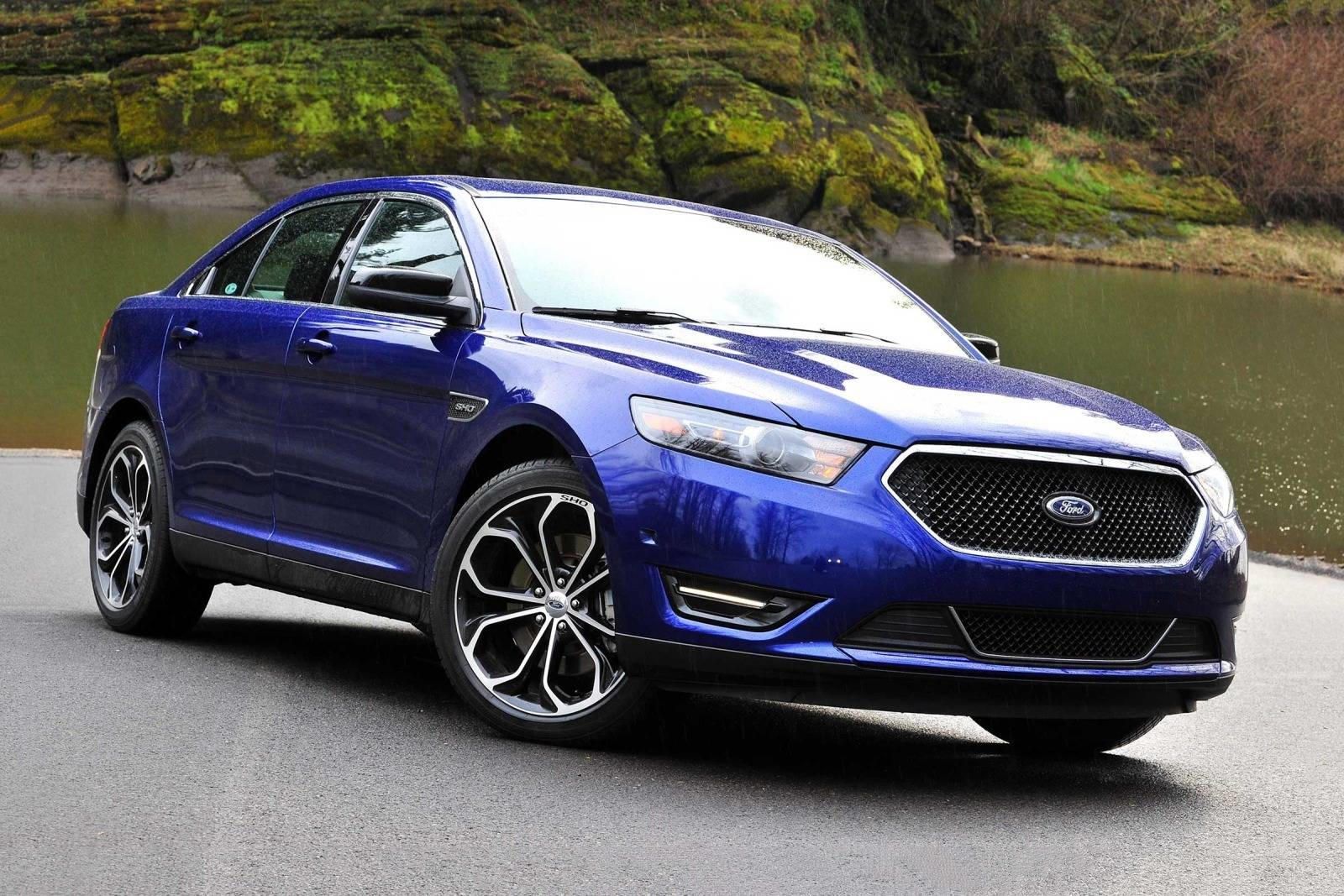
AMC had been in a decline for some time by the early Eighties, and the company needed a new big seller to bring in some fresh cash. But instead of doing that, they rebadged a French car. Thus the Renault 25 became the Eagle Premier, and later was rebadged again to become the Dodge Monaco. The car was badly engineered, badly marketed and on top of everything else, French. It had some good qualities, but they weren't enough to keep it from becoming a spectacular failure.
Renault had been a major shareholder at AMC since 1979, and there had been a few Renault models rebadged as AMC products before the Premier. These cars hadn't sold especially well, but then nobody had pinned much hope to them either. The Premier was to be AMC's savior, selling in big numbers and acting as the company's flagship. It didn't work, and AMC ended up being bought out by Chrysler less than a year after the car's debut in late 1986. The Renault 25 would serve as the platform for the Premier, but it was stretched and the suspension was swapped for that of the Renault 21.
The car was actually sold as a Renault at first, but this was soon changed to Eagle. Two engines were offered, the base engine was an AMC-built 2.5-liter inline-four mated to a ZF-designed transmission. This produced 111 horsepower and was fairly unremarkable, but at least it worked. The other option would prove disastrous for the Premier. This was a Peugeot-Renault-Volvo 3.0-liter V6 which made 150 horsepower. The V6 was prone to overheating, the transmission would frequently give up and the car's electrical system would make up its own mind about when it was going to work.
The original sales target for the Premier had been set at 150,000 units annually, but by 1989 sales were sitting at 32,000 units for the year. This was a problem for the company's new owners at Chrysler, since they had signed a contract with Renault to use 260,000 of the V6 engines over a five year period. A new version of the car was then born as a result of this obligation. Dodge begrudgingly slapped their own badges on the Premier and it became the Dodge Monaco. Since Eagles were sold at Jeep-Eagle dealerships and Dodge was sold alongside Plymouth, the rebadging meant that the car was being sold now at thousands more dealerships.
The hope was that this would help to meet the obligation, but when Chrysler finally gave up on the car in 1992, it had sold only 139,000 units of the two cars combined. Chrysler would have to pay Renault a penalty for every V6 engine they didn't use, despite the fact they were crap. The Premier was actually a pretty advanced car for its day. It was the lightest car of its size in Chrysler's lineup in those days, and it also had the greatest torsional rigidity. The ride was comfortable and handling was far better than the K-car offerings it shared showrooms with.
Even the headlights used the latest technology, and were both more compact and brighter than those used in other cars in the Premier's price range. The body was designed by Italdesign (that's two Italdesign cars on this list, just saying) and was what passed for contemporary in 1986. The Premier also had a very low coefficient of drag, but all of these positives might have gone to the heads of the people responsible for selling the car. Chrysler's marketing department was determined to position it against imports like the Audi 80 rather than domestic staples like the Ford Taurus.
Advanced as the Premier might have been, it just wasn't good enough to take on the Germans (insert French joke here). Some choose to ignore the reliability issues which plagued the Premier. Dan Roth even went so far as to proclaim it a "future classic", figuring history would vindicate the sales dud. There could be some truth to this when it comes to the four-cylinder model, but the V6 was a dismal failure in every way. It was the car which failed to save AMC and cost Chrysler millions just to kill off. There have been unreliable cars which have become classics, but these tend to be exotic, or at the very least beautiful, not boxy sedans with 0-60 times over 11 seconds.
The truth is that no French car has ever sold well in the US, no matter what badge was on it. Mainstream Italian cars haven't done well either, and some automakers have had to learn the hard way that what makes for a strong seller in Europe isn't always going work across the pond. Hope you haven't set your heart on a Citroen DS3 Racing, because it ain't coming.

